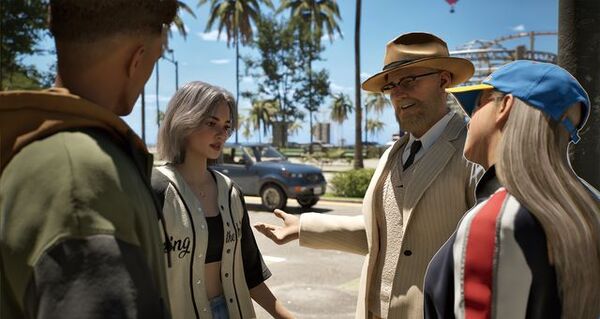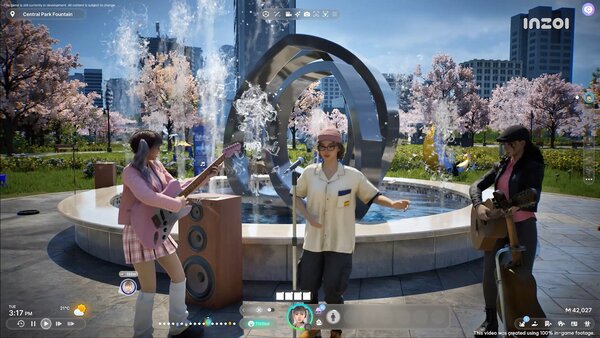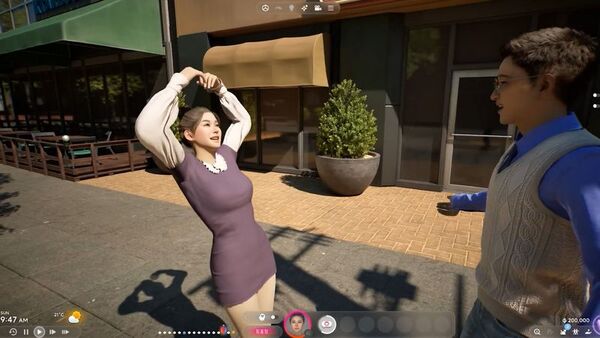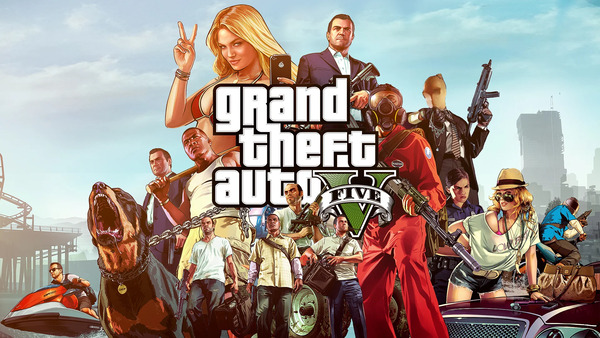Popular Now
The lifeblood of any life simulation game lies in how deeply players can shape their avatars, and inZOI takes this to unprecedented levels. While many compare it to The Sims or Second Life, what truly distinguishes inZOI is its Character Customization System—a hyper-detailed, emotionally responsive, and procedurally dynamic engine that goes beyond aesthetics. This article explores every nuance of this system, from initial creation to emergent identity evolution, examining how this feature redefines avatar agency in the genre.

The Philosophy Behind Customization in inZOI
A World Reflecting You, Not Just Hosting You
At the heart of inZOI's customization is a philosophical stance: avatars aren’t just placeholders, they are personal extensions. Developers have leaned heavily into psychological modeling to allow avatars to not only look like you but also subtly mimic emotional and behavioral tendencies.
From Surface to Soul
Rather than starting with body sliders alone, players define traits, motivations, and core memories that influence everything—from posture to voice modulation. This aligns the character with the intended personality even before aesthetic tweaks are made.
Getting Started – Setting Up Your Avatar’s Foundation
Trait-First Approach
Unlike traditional character creation tools that begin with skin tone or hair, inZOI starts by asking players to select "Formative Influences." These include background environment (rural, urban, coastal), childhood dynamic (strict, nurturing, chaotic), and early ambitions.
How Choices Affect the Engine
These selections influence hidden stats that affect later decisions. For example, a character raised in a coastal village may default to a more relaxed gait and use regional slang, creating an immediate bond between narrative and appearance.
The Morphological Engine – Infinite Faces and Bodies
Micro-Tweaking with Macroscopic Impact
inZOI's facial sculpting tool goes beyond sliders. Players can “pull” and “push” skin, muscles, and bone structures in real-time. The level of detail lets users define eyelid curvature, cheekbone depth, and even nostril asymmetry.
Adaptive Rigging System
What sets this system apart is its intelligent rigging. As you adjust features, the game recalibrates facial animations to maintain natural expressions. This makes the face feel alive during gameplay rather than appearing static or uncanny.
The Skin and Texture Layering System
Dynamic Skin Simulation
inZOI introduces a procedural skin texture generator, where players define melanin levels, pore size, and sheen type (matte, oily, dry). These textures respond to environmental factors—sweating in heat, cracking in cold, or glowing during emotion peaks.
Tattoos, Scars, and Body Art
What’s revolutionary is how body art ages. Tattoos fade, scars shift with weight gain or muscle change, and makeup can smudge over long durations. Each detail evolves as the character lives.

Emotional Mappings and Behavioral Overlays
Emotions as Input Variables
Characters in inZOI don't just smile—they beam with varying intensity based on emotional settings. Players can pre-define emotional intensities for scenarios like grief, joy, and irritation.
Behavioral Mapping Over Time
As you play, these behaviors evolve. A stoic character may soften after repeated joyful events. This adds a roleplaying layer where appearance is tied directly to internal change, making for deeply immersive storytelling.
Fashion, Layering, and Textile Physics
Clothing with Context
Clothing isn’t simply cosmetic. inZOI uses a fabric physics engine where materials behave differently—silk drapes, denim stretches, leather creases. Outfits also adjust dynamically based on posture and weather.
Layer Logic System
Players can layer undershirts, jackets, and scarves, with physics responding in real-time. A tucked-in shirt interacts with belts and pants correctly, avoiding clipping and preserving realism.
Voice Modulation and Dialect Training
AI-Driven Voice Simulation
Players select a voice profile and then fine-tune pitch, pace, accent, and emotional tone. The game adapts this over time, influenced by the avatar’s experiences and relationships.
Language Drift and Code Switching
Avatars can learn dialects and switch between them. For instance, after prolonged interaction with a foreign group, your character may pick up regional slang or intonations, affecting both speech and social standing.

Real-Time Aging and Physical Change
No Static Models
Characters in inZOI age in real-time within the game world. Hair grays, muscles sag, posture slouches, and skin loses elasticity. These are not simple texture swaps but real-time mesh modifications.
Lifestyle Reflections
What your character eats, how they exercise, whether they smoke—all show physically over time. A character who jogs daily maintains better balance and breath control, while one who drinks heavily may develop flushed skin and a different body odor profile.
Personal Identity Systems – Beyond Gender and Labels
Identity as a Journey
Instead of selecting gender and orientation at the start, players can define a "Discovery Path." This allows characters to explore identity over time—changing appearance, pronouns, and romantic inclinations based on in-world experiences.
NPC Interaction and Respect Systems
NPCs respond to identity expressions based on their programmed biases. A conservative town might react differently than a progressive city, offering social challenges or support. This makes social navigation a real gameplay element.
Sharing, Downloading, and Cloning Avatars
DNA System and Public Libraries
Every character has a unique DNA code—a string of data that includes all customization inputs. Players can upload these to share characters or download community-created avatars.
Ethical Sharing Tools
inZOI includes opt-in permissions where shared avatars cannot be modified without original creator consent. Players can also watermark features to discourage cloning abuse or unwanted representation in content creation.

Conclusion
The Character Customization System in inZOI isn’t just about making a cool-looking avatar. It’s about creating a living, evolving person whose body, behaviors, and identity change in response to life itself. With advanced tools for sculpting, emotional intelligence, and societal dynamics, inZOI stands at the forefront of what character design can be in simulation games. Players don’t just design—they nurture, grow, and live through these avatars, redefining what immersion truly means.

















